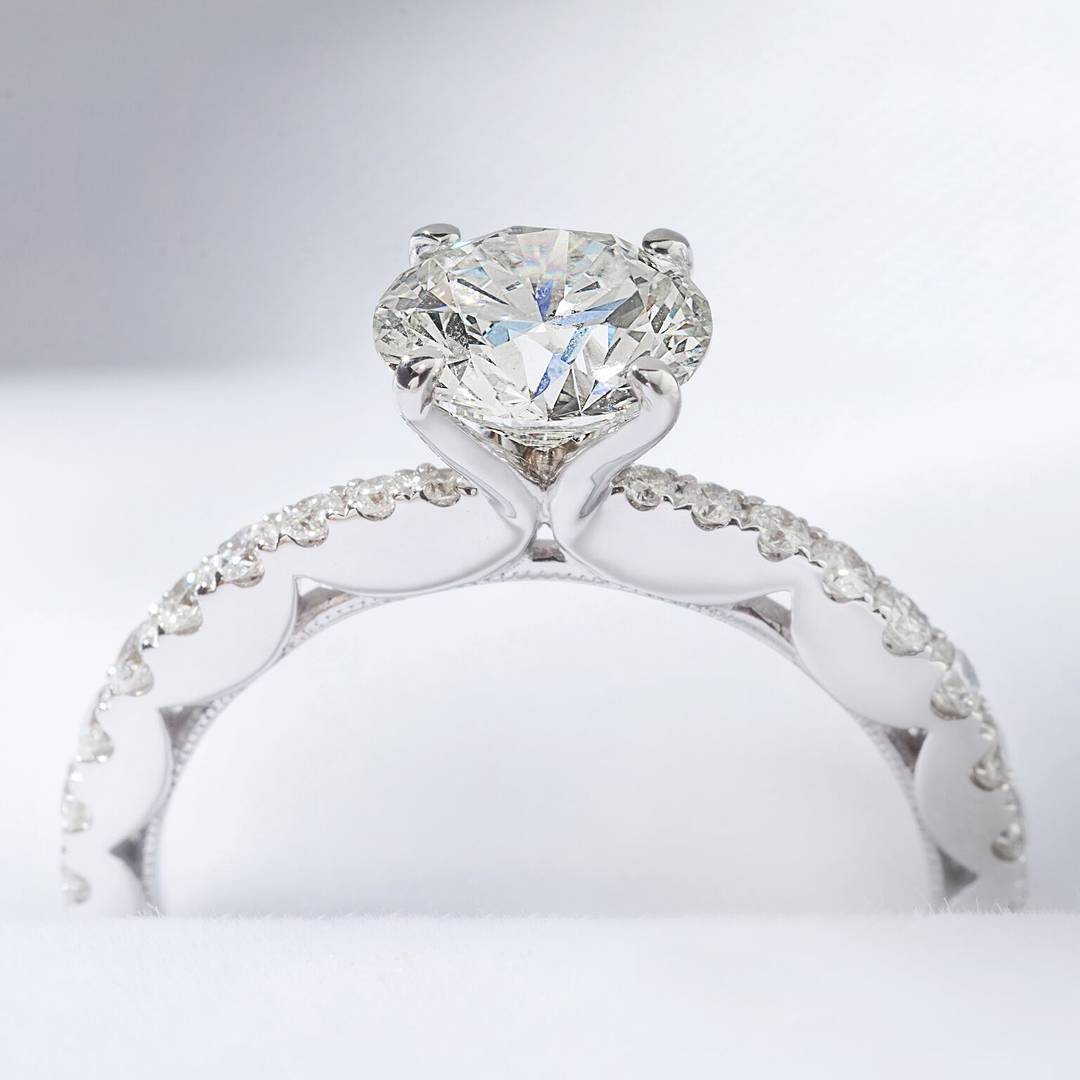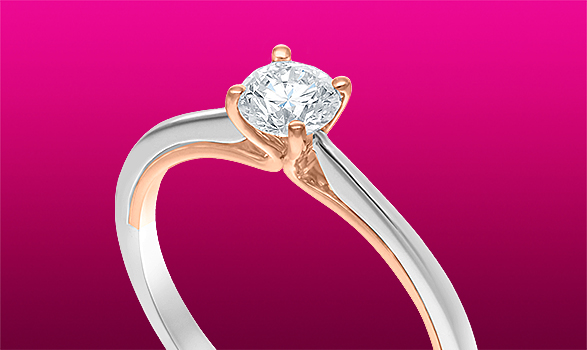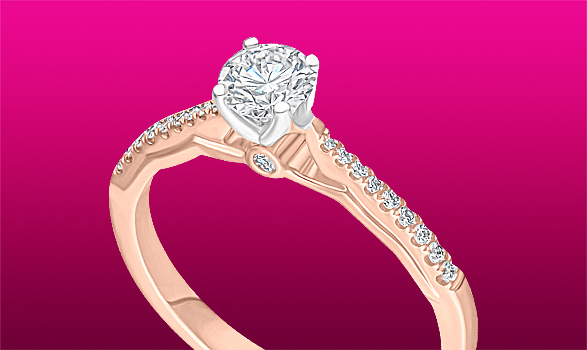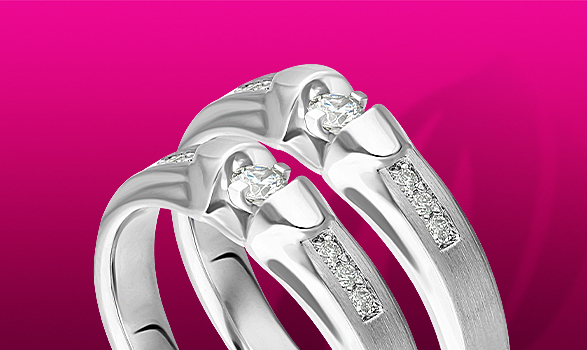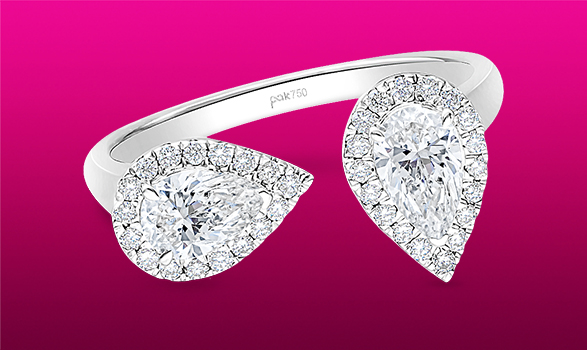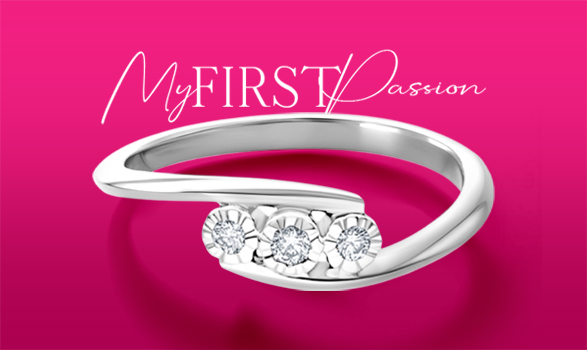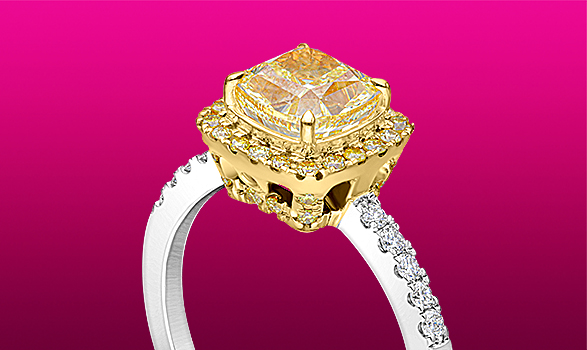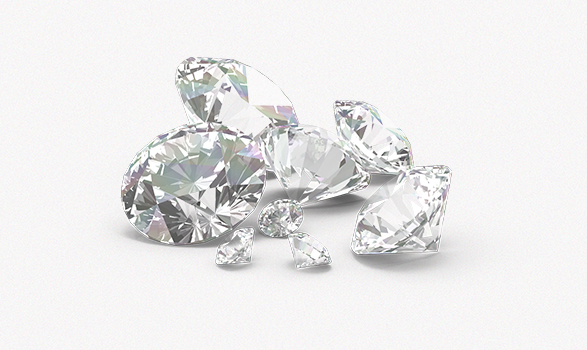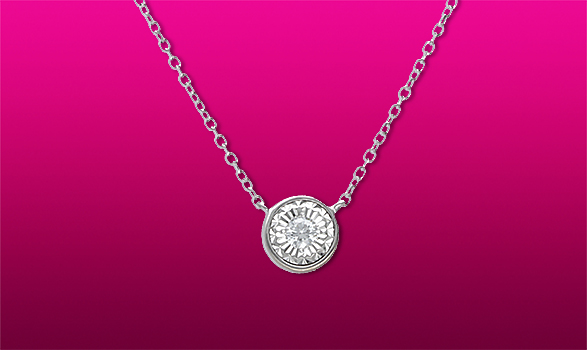4C Diamond: A Guide to Find the Best Diamond
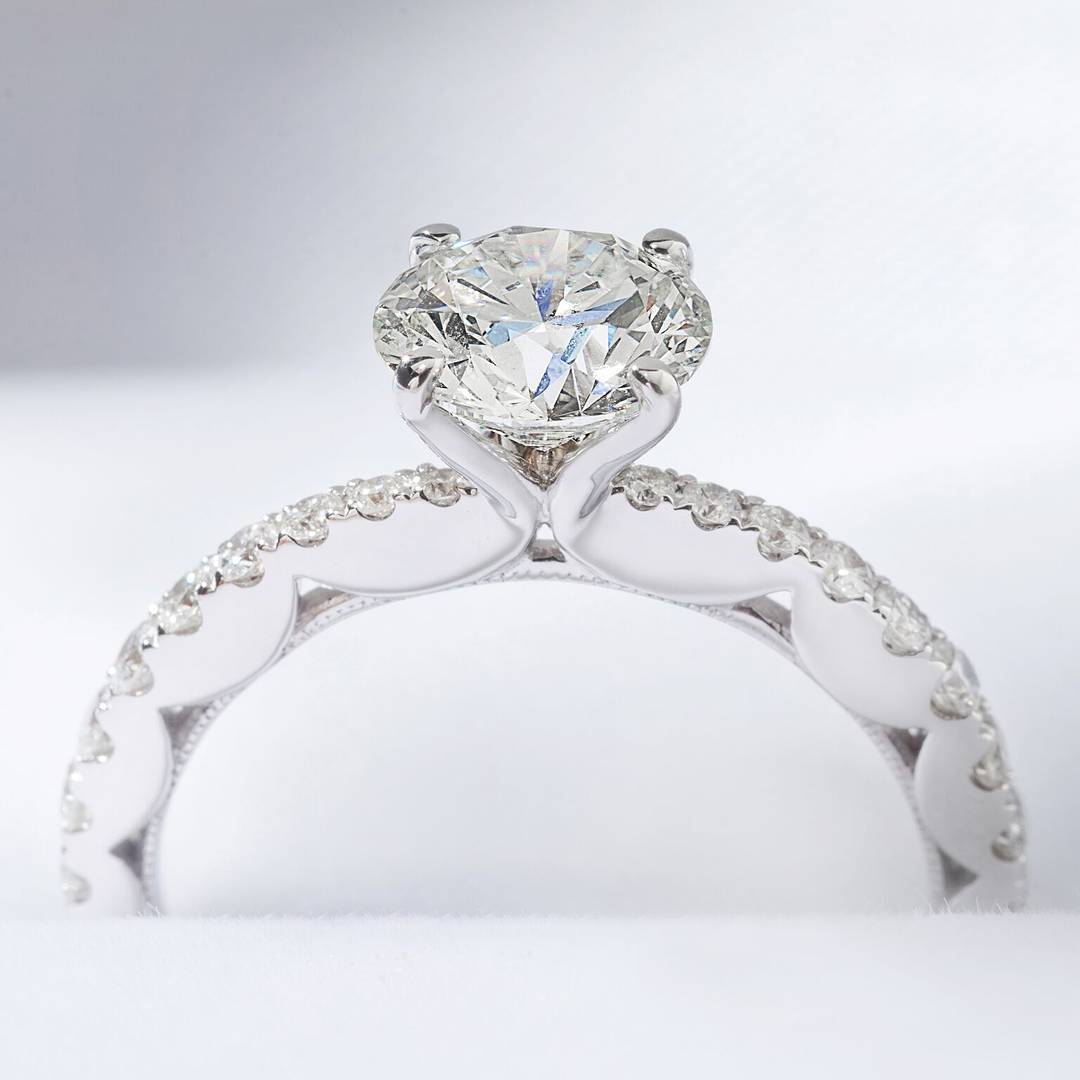
Diamonds are highly popular gemstones widely utilized in jewelry crafting. When purchasing a diamond, there are several factors to consider in order to obtain a high-quality diamond or the one that suits your preferences. The criteria employed to evaluate the quality of a diamond are collectively known as the 4Cs of diamonds, namely carat, color, clarity, and cut. These four factors can mutually impact one another in determining the overall quality and value of a diamond.
1. Carat
The first of the 4Cs of a diamond is carat. The term "carat" is derived from the word "carob," which refers to a type of seed pod used as a standard due to its relatively uniform weight. In the realm of diamonds, a carat is an internationally recognized unit of weight used to determine the weight of a diamond, and it typically influences its value.
One carat of diamond is equivalent to 200 milligrams or 0.2 grams. However, it's essential to note that the weight of a diamond does not necessarily equate to its size. Two diamonds with the same carat weight may have different sizes based on their cut.
In Indonesia, there is a specific term indicating how many diamonds are present per carat, known as "gugur." For instance, if there are 7 diamonds in 1 carat, it is referred to as "7 gugur" or, in English, "seventh."
Apart from carat, there is also the term Total Carat Weight (TCW), indicating the overall weight of diamonds in a piece of jewelry. Since jewelry often features more than one diamond, TCW helps determine the total weight of diamonds used in the jewelry piece.
2. Color
The next of the 4Cs of diamonds is color. A pure diamond is devoid of color and is considered colorless. Any color present in diamonds is typically a result of chemical impurities and/or structural distortions. Consequently, the Gemological Institute of America (GIA) assesses the color of diamonds using a scale that begins with the letter D, denoting a colorless diamond, and extends to Z, indicating a diamond with a clear light yellow hue. The GIA color scale is further divided into five categories:
- Colorless: D,E,F
- Near Colorless: G,H,I,J
- Faint Yellow: K,L,M
- Very Light Yellow : N,O,P,Q,R
- Light Yellow : S,T,U,V,W,X,Y,Z
While diamonds that have yellow, brown, pink, red, green, blue, and orange colors are diamonds outside the normal colors which are then often referred to as fancy color diamonds.
3. Clarity
The third of the 4Cs of diamonds is clarity. Diamond clarity pertains to the degree to which a diamond is free from inclusions (internal characteristics) and blemishes (external characteristics) that may impact the diamond's appearance and quality. Inclusions are imperfections within a diamond that result from other objects being trapped inside the diamond during its formation process. Here are the various types of inclusions commonly found in diamonds:
- Included crystal: Other mineral crystals present in the diamond
- Needle: Long and thin crystals
- Pinpoint: A very small crystal that looks like a dot or speck of dust.
- Twinning wisp : A series of dots, clusters, or crystals that form in the growth plane of a twin diamond
- Internal graining: A general term for the presence of breaks or fractures within the diamond.
- Bearded girdle : The part of the feather that extends from the surface of the girdle into the stone.
- Indented Natural: The surface of the original crystal or skin that descends below the surface of a polished diamond.
- Knots: The accompanying diamond crystals that come to the surface after polishing.
While blemishes are imperfections visible on the surface of the diamond such as scratches. In detail, here are 5 kinds of blemishes on diamonds.
- Nick: Characteristic of small flakes
- Abrasion: A series of flakes along the facet meeting
- Scratch: Thin, dull white lines on the surface of a diamond
- Natural: A portion of the original relief skin remaining on the diamond
- Pit: Traces of "included crystal" on the surface that come off when sharpened resulting in a pit.
GIA Clarity Scale
The clarity of the diamond is then measured using the GIA Clarity Scale to assess how clean the diamond is from inclusions and blemishes. The determination of the clarity scale on a diamond is usually done by a professional gemologist who uses magnification of up to 10x or more to carefully examine the diamond. Here are the levels on the GIA clarity scale that you need to know.
- Flawless (FL): No inclusions or blemishes
- Internally Flawless (IF): No inclusions, only blemishes and can be removed with a little repolishing.
- Very Very Slightly Included (VVS1 & VVS2): Diamonds have very subtle inclusions and are very hard to see.
- Very Slightly Included (VS1 & VS2): The diamond has inclusions that are somewhat difficult to see.
- Slightly Included (SI1 & SI2): Inclusions are rather easy to see
- Included (I1, I2, and I3): Diamonds have inclusions that are very easy to see.
4. Cut
Diamond cut is the most important aspect of the 4Cs of a diamond and greatly affects the beauty and luster of a diamond. Diamond cut refers to the quality of the diamond's angles, proportions, clarity, symmetry, sparkle, fire and finishing details. The diamond cut grades can be seen in the following GIA cut scale.
1. Excellent Cut
Maximizes the amount of light reflected within the diamond thus maximizing brilliance and providing intense dispersion and good sparkle.
2. Very Good Cut
Maximizes the carat weight of the diamond while maintaining as much brilliance, dispersion and sparkle as possible. They generally provide an ideal balance between size and sparkle. Under normal lighting conditions, these diamonds are very similar to excellent cuts.
3. Good Cut
Maximizes carat weight but also has brilliance and dispersion. This diamond can be an alternative choice for those who may have a small budget.
4. Fair Cut
Used to get the maximum carat weight but still has some dispersion and brilliance. This cut can be a good choice for those of you who are on a budget but want a large diamond size.
5. Poor Cut
The value of this diamond is limited by its weight ratio. While most of the proportions of this diamond are fairly standard, the very thick girdle makes the diameter of this diamond much smaller than its carat weight would indicate.
In addition, the cutting of these diamonds also results in the various diamond shapes that we commonly see in jewelry. Some of the diamond shapes we can find are round, princess, oval, marquise, heart, emerald, pear, asscher, cushion, trillion, baquette and radiant.
Which is The Most Important of These Four Components?
The carat, color, clarity, and cut of a diamond all contribute to the diamond's sparkle and beauty. Therefore, to choose the best diamond, you need to consider all the factors in the 4Cs of a diamond.
Also, make sure that the diamonds you buy are GIA certified like the diamond jewelry from Passion Jewelry. Therefore, make sure you always buy your jewelry at Passion Jewelry either by visiting the store in person or by checking out the product catalog and placing an order online via www.passionjewelry.co.id.
